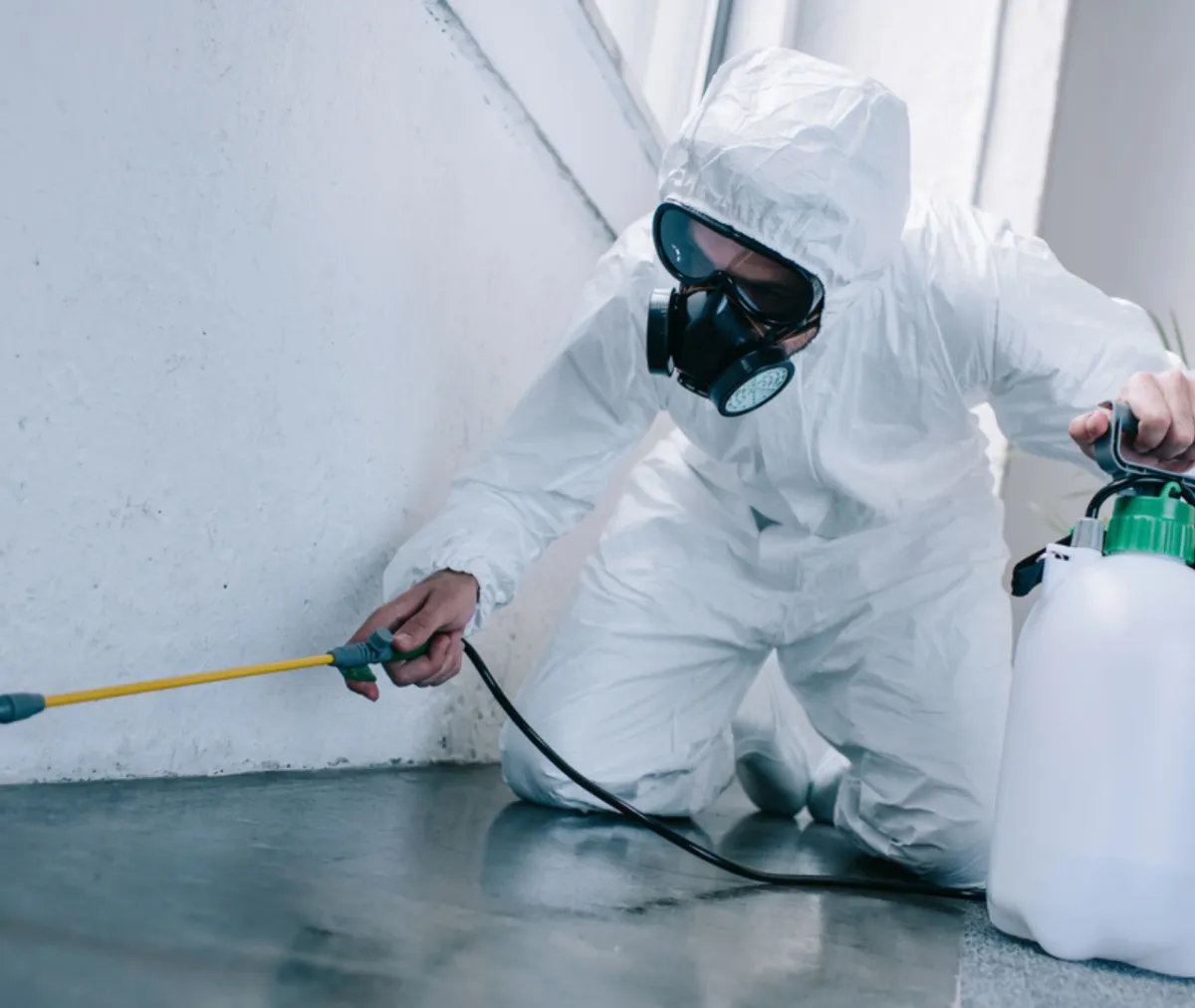
Preventing Termites: What Homeowners Need to Know About Pest-Proofing
Termites are among the most destructive pests that can invade a home. These silent destroyers can cause extensive damage to the structural integrity of a property, often without homeowners realizing it until it’s too late. Preventing a termite infestation requires proactive measures and a thorough understanding of how these pests operate. This guide will help homeowners identify risk factors, implement effective prevention strategies, and maintain a termite-free home.
Understanding Termites and Their Behavior
Termites are social insects that thrive in colonies, feeding primarily on cellulose found in wood and plant materials. The most common types of termites that invade homes include:
Subterranean termites: These termites build underground colonies and enter homes through the soil, often creating mud tubes to access wooden structures.
Drywood termites: Unlike subterranean termites, these do not require soil contact and infest dry wood, often attacking furniture and structural wood.
Dampwood termites: These prefer moisture-rich environments and are usually found in rotting or water-damaged wood.
Signs of a Termite Infestation
Early detection is crucial in preventing extensive termite damage. Common signs of an infestation include:
Mud tubes: Subterranean termites create protective tunnels made of soil and saliva to reach wood sources.
Hollowed or damaged wood: Wood that sounds hollow when tapped or shows signs of tunneling is a red flag.
Swarming termites: Winged termites, also called swarmers, emerge in large numbers, especially in spring, to establish new colonies.
Discarded wings: After swarming, termites shed their wings, often leaving them near windows, doors, or light sources.
Frass (termite droppings): Drywood termites produce small, pellet-like droppings near their nests.
Effective Termite Prevention Strategies
1. Reduce Moisture Around Your Home
Termites thrive in damp environments, making moisture control a top priority for homeowners:
Fix leaky pipes, faucets, and roof damage promptly.
Ensure proper drainage around the foundation by directing water away from the house with gutters and downspouts.
Keep crawl spaces and basements well-ventilated and dry.
2. Remove Wood-to-Soil Contact
Since subterranean termites access homes through the soil, limiting their access points is crucial:
Maintain a gap between wood structures and the soil (at least six inches).
Use concrete, metal, or treated wood for fencing, decks, and foundations.
Store firewood, lumber, and paper materials away from the house and off the ground.
3. Seal Entry Points
Small cracks and gaps can provide easy entry for termites. Regularly inspect and seal:
Foundation cracks and gaps around utility lines and pipes.
Windows, doors, and attic vents with caulking or weather stripping.
Any wood joints and crevices that could serve as nesting spots.
4. Use Termite-Resistant Materials
When constructing or renovating a home, opt for termite-resistant materials such as:
Pressure-treated wood, which contains chemicals that deter termites.
Composite materials or naturally resistant woods like cedar and redwood.
Concrete and metal for foundational structures and barriers.
5. Landscaping Considerations
Your yard’s landscaping can either deter or attract termites. Keep these factors in mind:
Keep mulch at least 12 inches away from the foundation, as it retains moisture and attracts termites.
Trim tree branches and shrubs to avoid direct contact with the house.
Remove tree stumps and deadwood, as they serve as termite nesting grounds.
6. Schedule Regular Termite Inspections
Even if there are no visible signs of termites, professional inspections should be conducted at least once a year. Pest control experts use advanced detection methods such as moisture meters and infrared cameras to identify hidden termite activity. Early detection and treatment can prevent costly structural repairs.
What to Do If You Suspect a Termite Infestation
If you notice signs of termites, take immediate action:
Avoid disturbing the affected areas: This can cause termites to relocate, making treatment more difficult.
Consult a pest control professional: DIY treatments may not be effective for large infestations. Experts can assess the extent of damage and recommend appropriate treatments.
Consider treatment options: Depending on the severity, solutions may include liquid termiticides, baiting systems, or fumigation for extensive drywood termite infestations.
Conclusion
Preventing termites requires a proactive approach that includes reducing moisture, eliminating food sources, sealing entry points, and scheduling regular inspections. By implementing these strategies, homeowners can significantly reduce the risk of an infestation and protect their property from costly termite damage. Investing in termite prevention today can save you thousands of dollars in repairs and ensure your home remains safe and structurally sound for years to come.